You’ve never had a glass of orange juice taste this good. Fresh squeezed orange juice can easily be made without an electric juicer in just a few minutes! It’s also better than store-bought, with no added-sugar, but still refreshing and sweet!
This post may contain affiliate links. Read my policy page for more information.
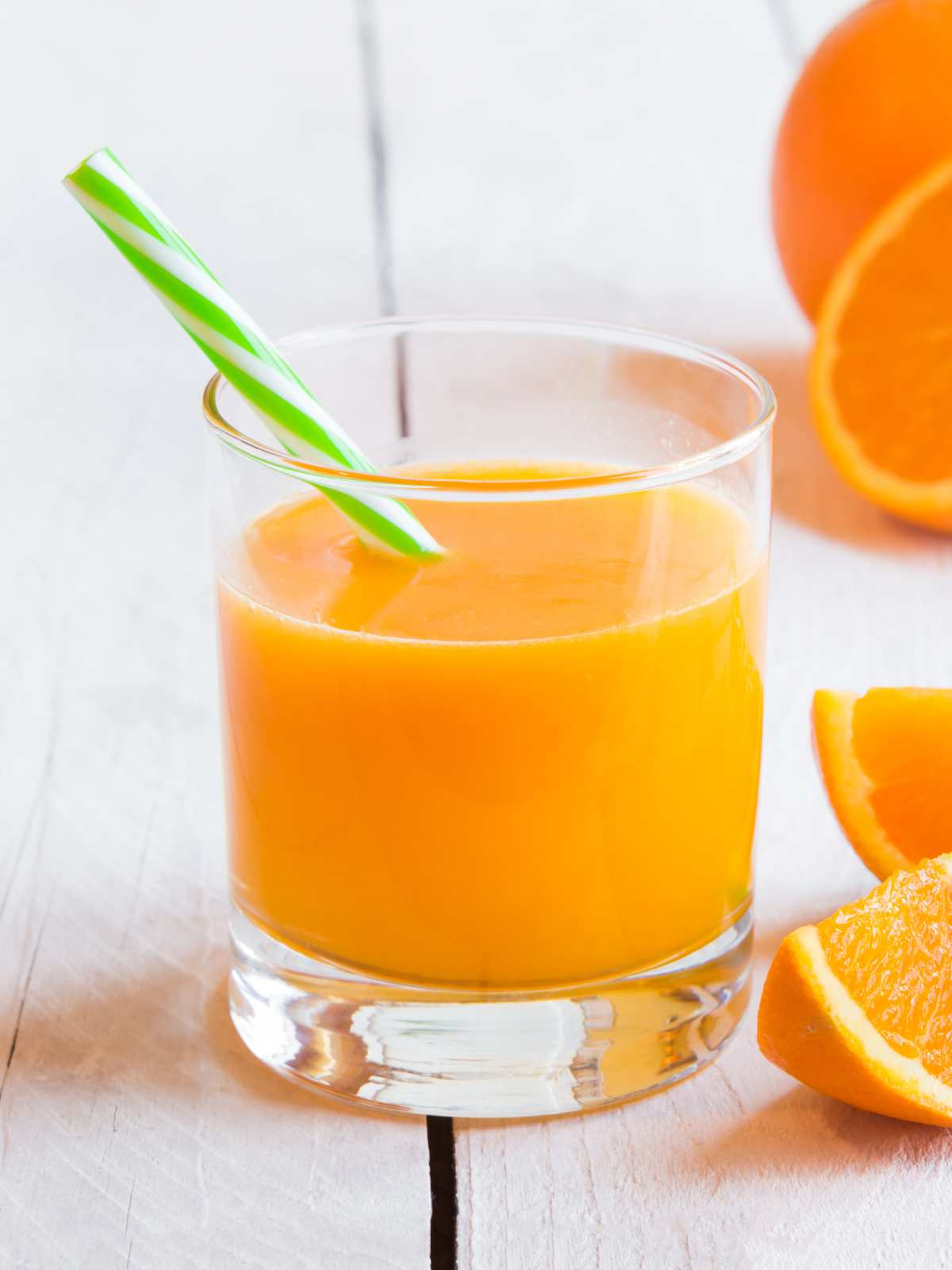
Jump to:
Oranges are one of those fruits that everybody knows is good for them but they just can’t seem to get enough of. They’re a great source of vitamin C among other important nutrients. They can also help boost your immune system, reduce inflammation, and protect against certain diseases.
If you’re like me and don’t eat enough oranges, a great way to up your intake is by making your own juice with fresh oranges! It’s the best way to enjoy the benefits of oranges when you can’t bring yourself to eat a bunch.
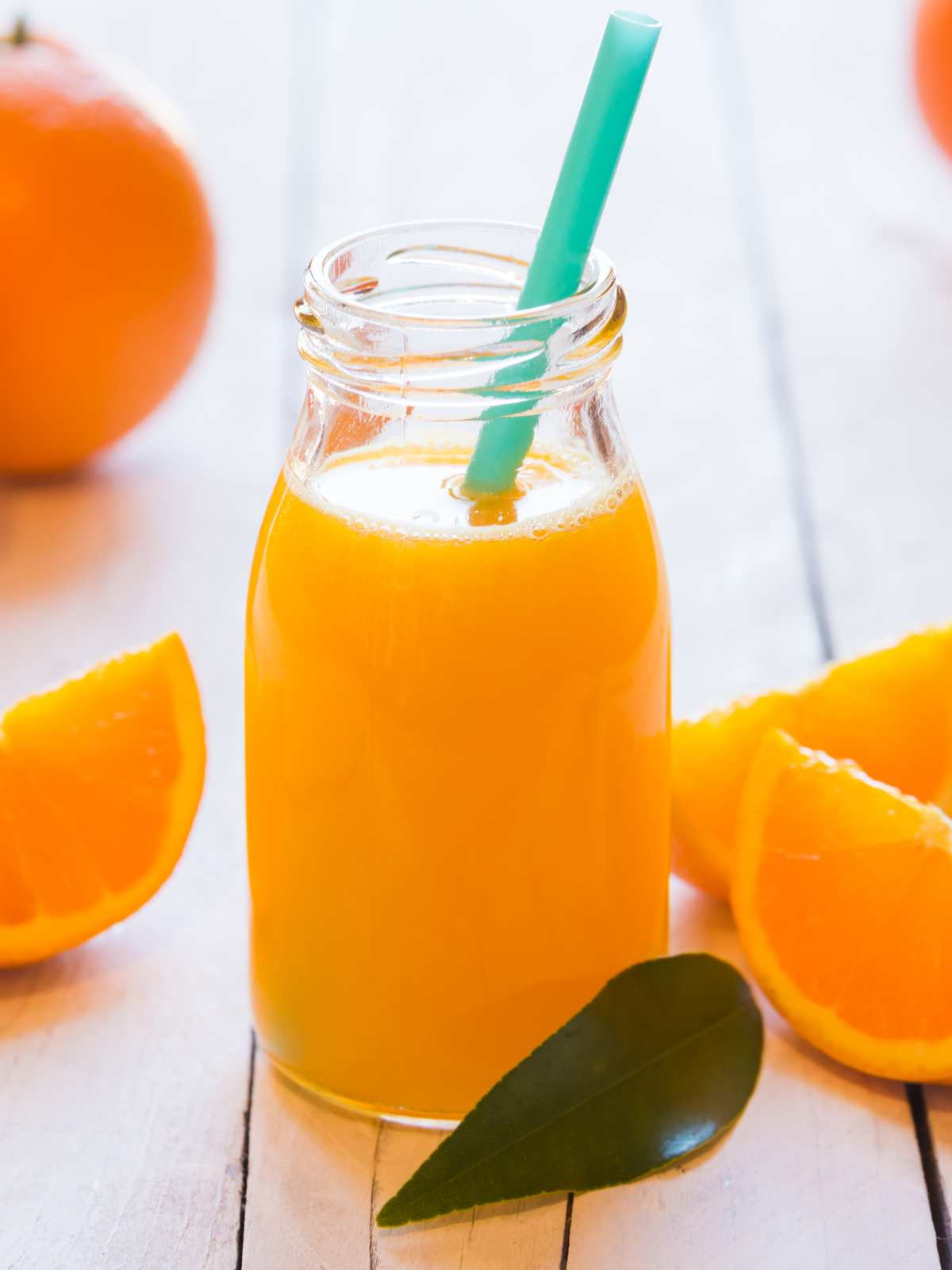
Best oranges for juicing
The best oranges for juicing are varieties that have a sweeter flavor and high juice content. Here are several that are great for juicing:
Navel oranges: These are the most common type of orange that you can find in most grocery stores. They have a thick skin and a sweet flavor. They are also seedless and easy to peel, making them my go-to orange for orange juice!
Valencia oranges: These oranges are a little smaller than navel oranges but they a have a thinner skin and a juicer flesh. They can sometimes contain seeds and are easy to peel, so they’re a close second.
Blood oranges: These orange have a deep, red flesh, hence the name. They are subtly sweet with a slight tangy flavor and are often used in juices and desserts for their unique color.
Mandarin oranges: These small oranges are very easy to peel, making them a popular snack for kids. They also have a sweeter flavor similar to tangerines.
Cara Cara oranges: These oranges have a pinkish-red flesh and a flavor similar to grapefruit with notes of cranberry, blackberry and raspberry. They’re often in juices or desserts for the unique flavor profile.

Benefits of oranges
Oranges have numerous health benefits but here are some of the main reasons they should be on your grocery list:
- High in Vitamin C: Oranges are a good source of vitamin C, providing about 130% of the daily recommended value in just one medium orange. Vitamin C is an essential nutrient that helps boost the immune system, protect against free radical damage, and reduce inflammation.
- High in fiber: Oranges are a good source of dietary fiber, providing about 3 grams per orange. Fiber helps to keep you feeling full longer and can help to regulate blood sugar levels. If you want the benefits of fiber in your orange juice, don’t strain it. The pulp is where the fiber is!
- Rich in antioxidants: Oranges are rich in antioxidants such as flavonoids and carotenoids which help to protect cells from damage caused by free radicals.
- May help lower blood pressure: The high potassium content of oranges may help to lower blood pressure levels by reducing sodium levels in the body.
- May help lower cholesterol levels: The soluble fiber found in oranges may help to reduce cholesterol levels by binding with bile acids an carrying them out of the body through the digestive tract.
There’s also a lot of benefits to consuming orange juice. This study from 2015 found that a higher intake of citrus juice was linked to improved cognitive function in older adults.
How to make fresh orange juice without a juicer
Homemade orange juice is really easy to make without an electric citrus juicer. In fact, most juice can be made without a juicer with little effort. Here are several easy methods to make this orange juice recipe. Reference the printable recipe card below for more details.
Step 1: Select oranges that are ripe and have a slight give to them when gently squeezed. Wash them thoroughly under cold water.
Manual juicer / citrus reamer method
Step 2: Slice the oranges in half and remove any seeds.
Step 3: Place your manual juicer or citrus reamer over a bowl and squeeze the juice from the orange halves.

Blender or food processor method
Step 2: Peel oranges. For a sweeter juice, try to remove most of the white pith. then pull apart the slices and place the orange flesh in the blender or food processor.
Step 3: Blend until a smooth juicer forms. You may need to add a little water to get things moving.

Your juice may look a little frothy at this point. It’s completely fine to enjoy it immediately or you can strain it to remove the pulp if you prefer a smoother juice.
Optional step 4: Use a nut milk bag or fine mesh strainer over a bowl. For a nut milk bag, add the pulp instead, then gently squeeze the bag to release the juice over a bowl. For the strainer, use the back of a spoon to push on the pulp and release the fresh squeezed orange juice into the bowl.
I find that straining removes some of the bitter taste that the pulp adds, but then you lose the benefits of fiber in your juice. There are plenty of other ways to get fiber on a plant-based diet so removing the fiber in one juice isn’t so bad.
Now you know how to make your own orange juice at home!
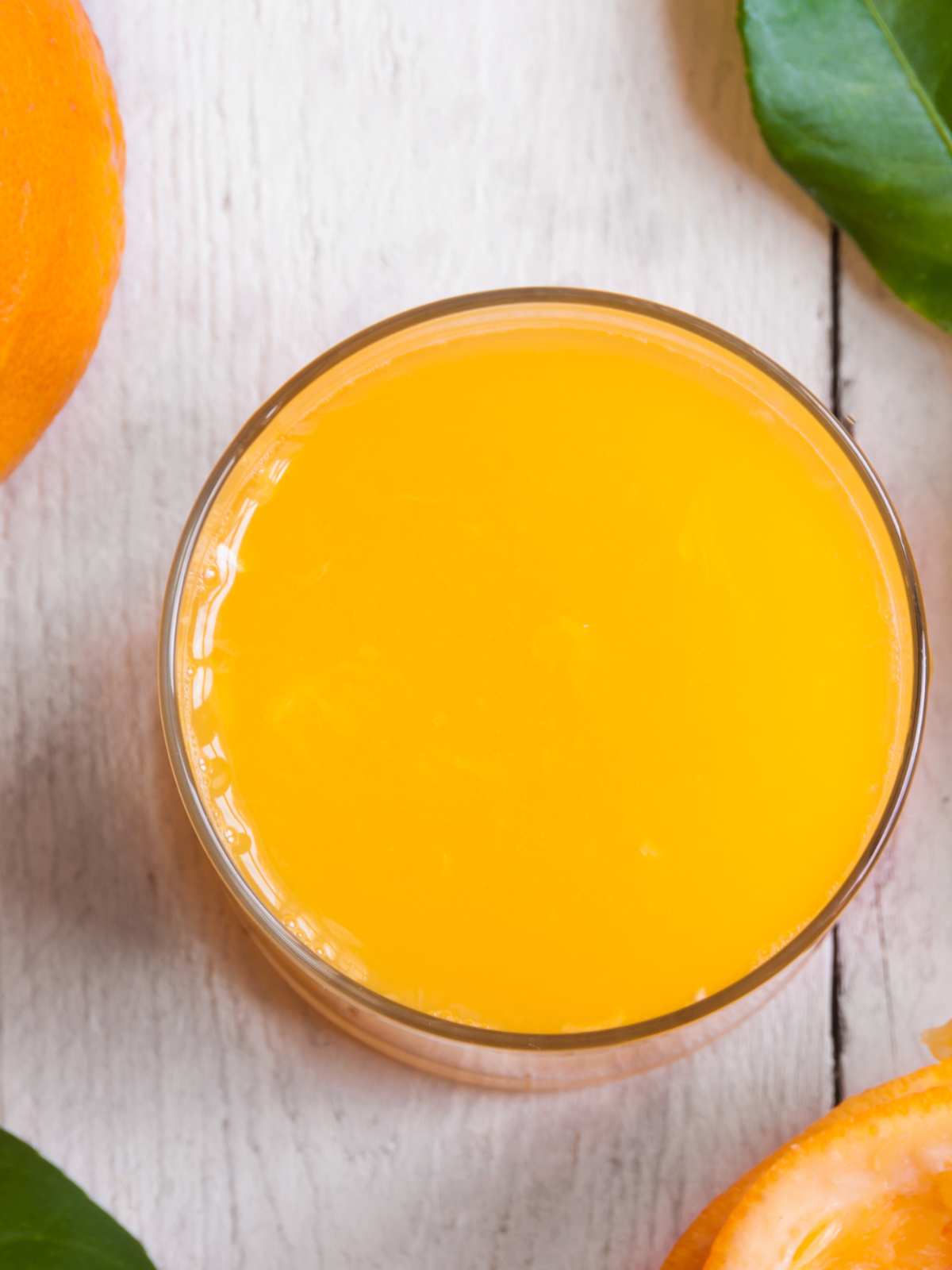
How to store fresh orange juice
Fresh-squeezed orange juice can be stored in the refrigerator for up to 3 days in an airtight container.
If you plan to store it for longer, it is best to freeze it to preserve its flavor, color, and prevent spoilage. To do this, pour the juice into ice cube trays and freeze until solid. Once frozen, transfer the cubes to a freezer-safe bag and store in the freezer for up to three months.
Pro Tips
To get even more juice out of your oranges, roll them on a hard surface with the palm of your hand. This helps to loosen up the rind and allow it to release more juice.
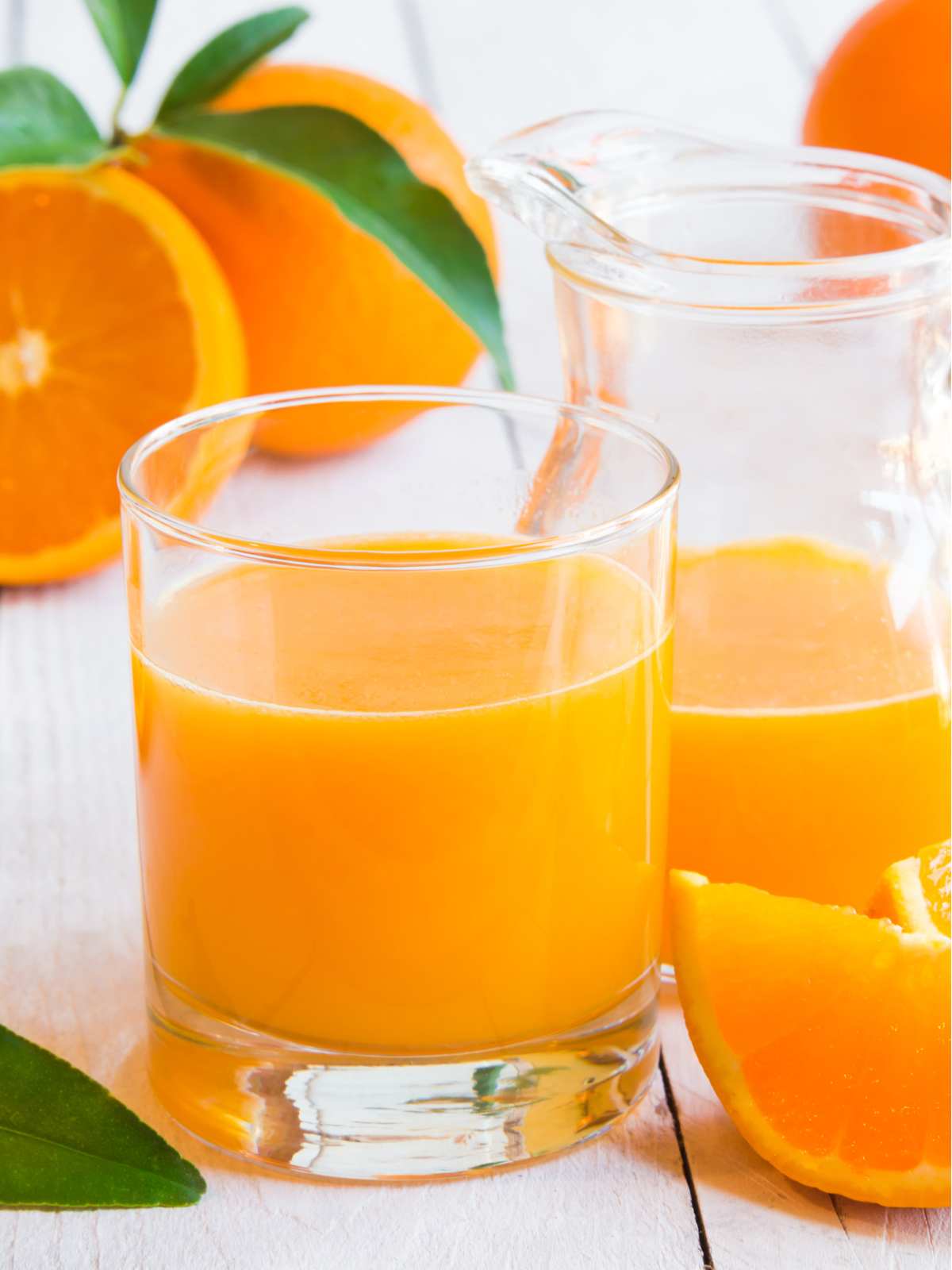
FAQ’s
You can compost the orange peels or use them to make orange peel tea.
Boil orange peels in water for a few minutes and enjoy! You can add a little sweetener and a sprinkle of cinnamon for more flavor.
This classic breakfast juice, goes with all the breakfast and brunch classics! Enjoy delicious orange juice with a tall stack of pancakes or waffles. Want something more savory? Try this filling egg-free frittata or a chickpea scramble with a side of carrot bacon.
More homemade fruit juices
Want more easy-to-make juices? These are all great on their own or enjoy them as part of a juice blend. Orange juice combines well with all of these:
- Refreshing Mango Juice—Did you know there’s almost always some type of mango in season at any time of the year?
- Love lemonade? This is the best homemade lemonade that only requires 3 simple ingredients and is ready in just 5 minutes!
- Make Strawberry Juice with either fresh or frozen strawberries when out of season!
- Cool off with a tall glass of peach juice that only requires one ingredient!
- If you’ve never tried Banana Milk (aka banana juice!) you’re in for a delicious and easy treat!
- Still have leftover oranges? Use them to make dried orange slices!
Want to Save This Recipe?
Enter your email below and we’ll send it straight to your inbox! Plus, get weekly free recipes!
By submitting this form, you consent to receive emails from Health My Lifestyle.

Fresh Squeezed Orange Juice (No Juicer Required!)
Method
- Blender or Food Processor
- Manual Juicer or Citrus Reamer
Ingredients
- 5 Navel oranges ripe
Instructions
- Select oranges that are ripe that have a slight give to them when gently squeezed. Wash thoroughly under cold water.
Manual Juicer / Citrus Reamer Method
- Slice the oranges in half and remove any seeds.
- Place your manual juicer or citrus reamer over a bowl and squeeze the juice from the cut oranges. For the manual juicer, twist the orange slice back and forth multiple times until all the juice is released.
- Pour into glasses and enjoy!
Blender or Food Processor Method
- Peel oranges and remove most of the white pith if possible (this helps make the juicer sweeter). Pull apart the slices and place in the blender or food processor.
- Blend until a smooth juice forms. You may need to add a splash of water to get things moving.
- Your juice may look a little frothy at this point. It’s completely fine to enjoy it immediately or you can strain it to remove the pulp if you prefer a smoother juice.
- To strain: Use a nut milk bag or fine-mesh strainer over a bowl. For a nut milk bag, add the pulp inside, then gently squeeze the bag to release the juice over a bowl. For the strainer, use the back of a spoon to push on the pulp and release the juice into the bowl.
- Pour into glasses and enjoy!




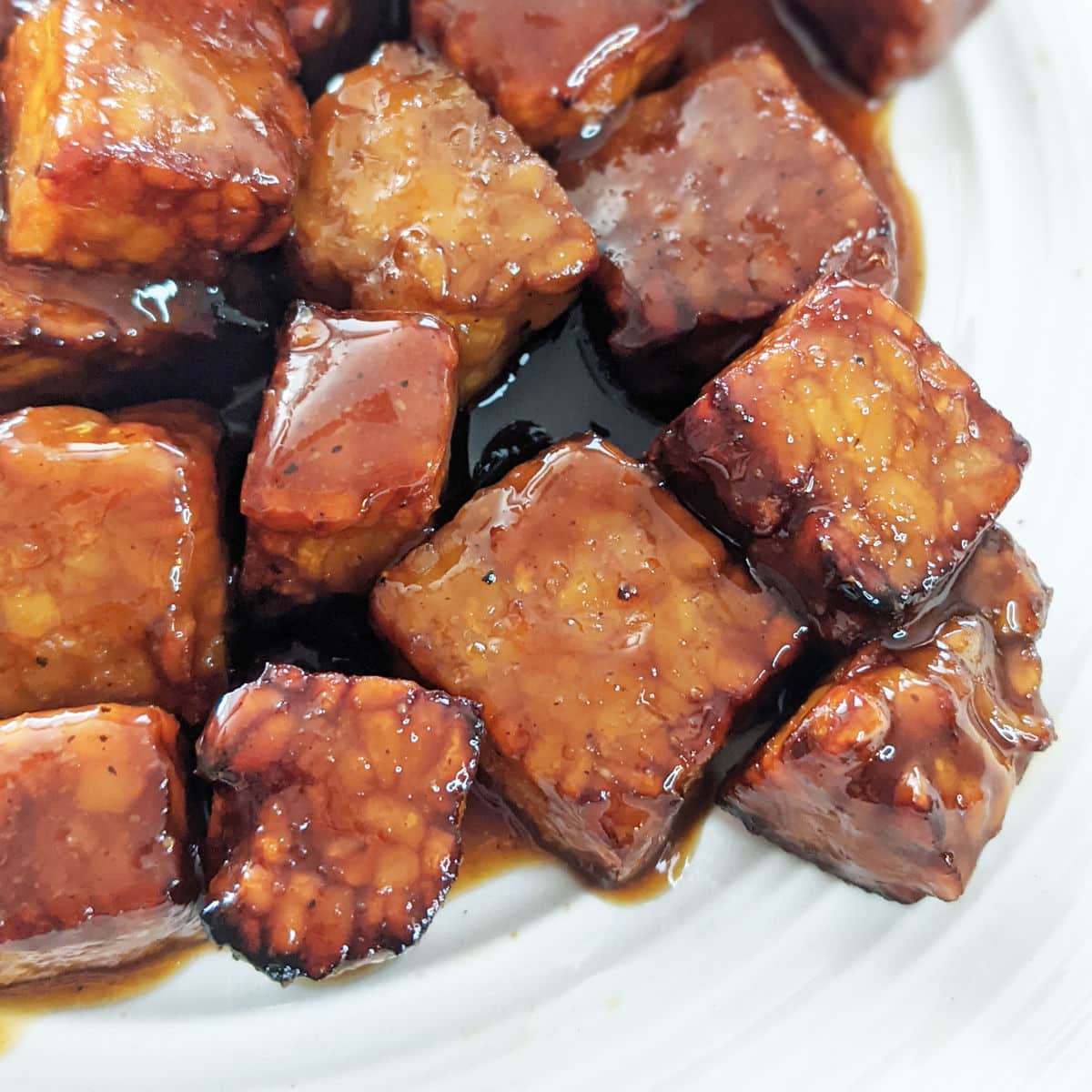
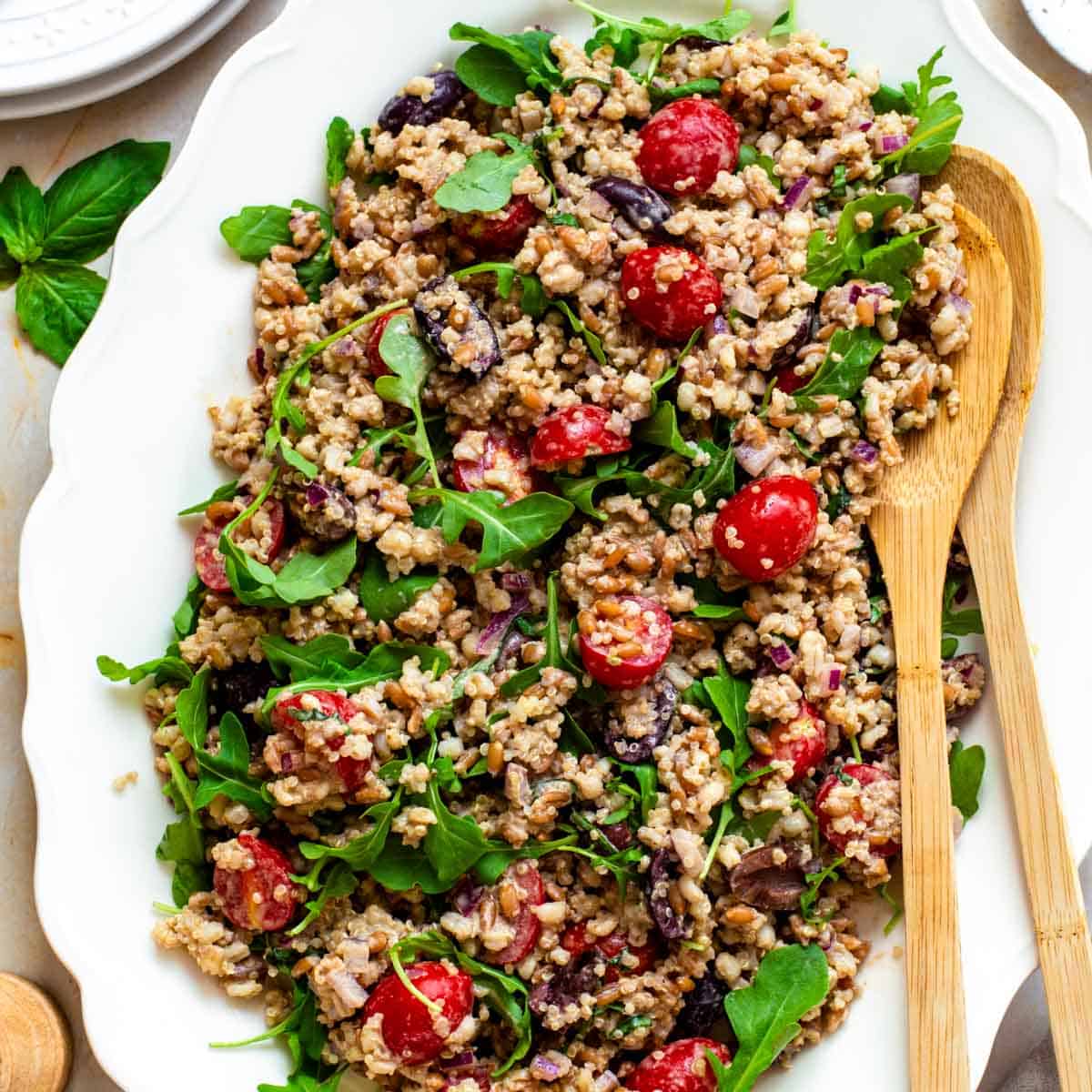

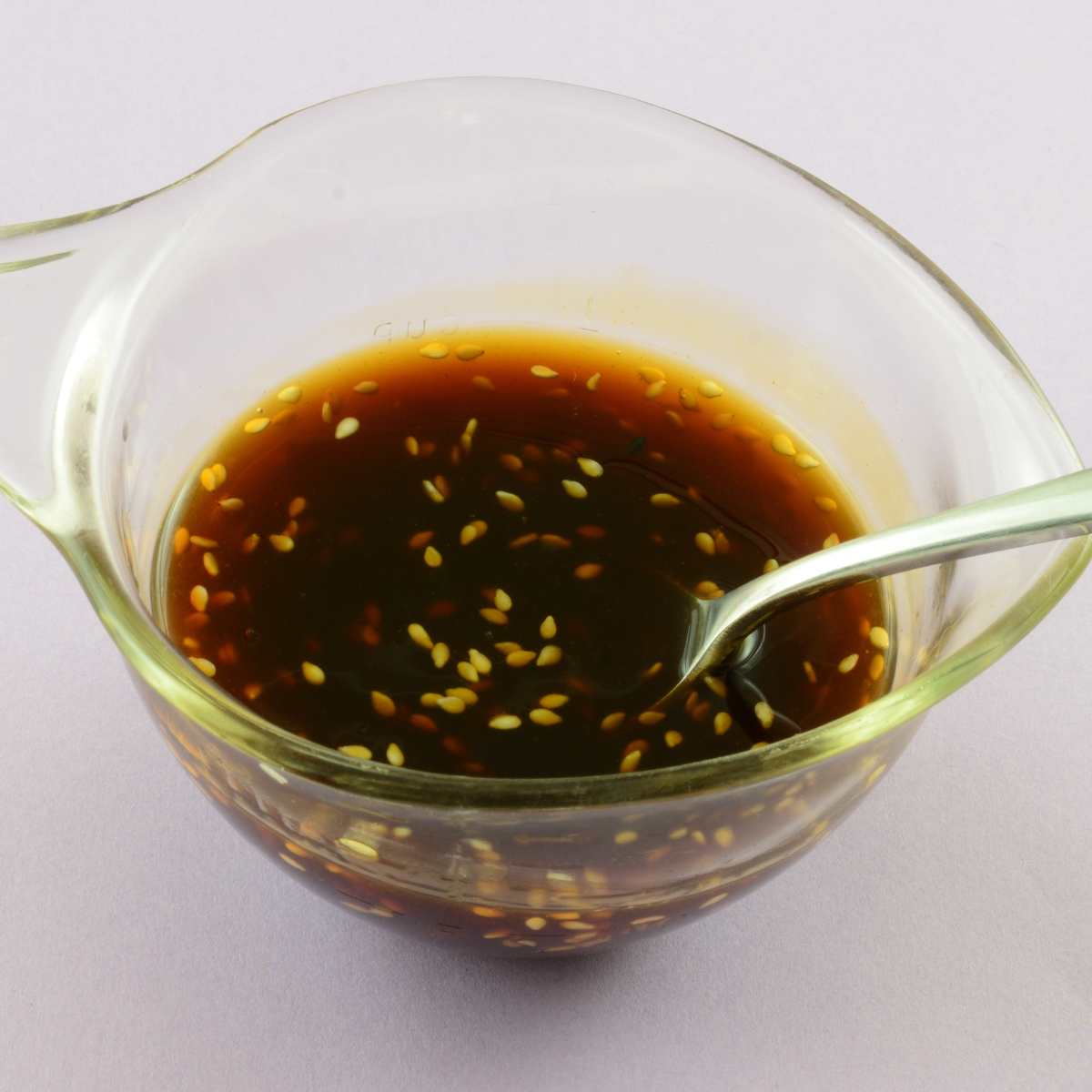
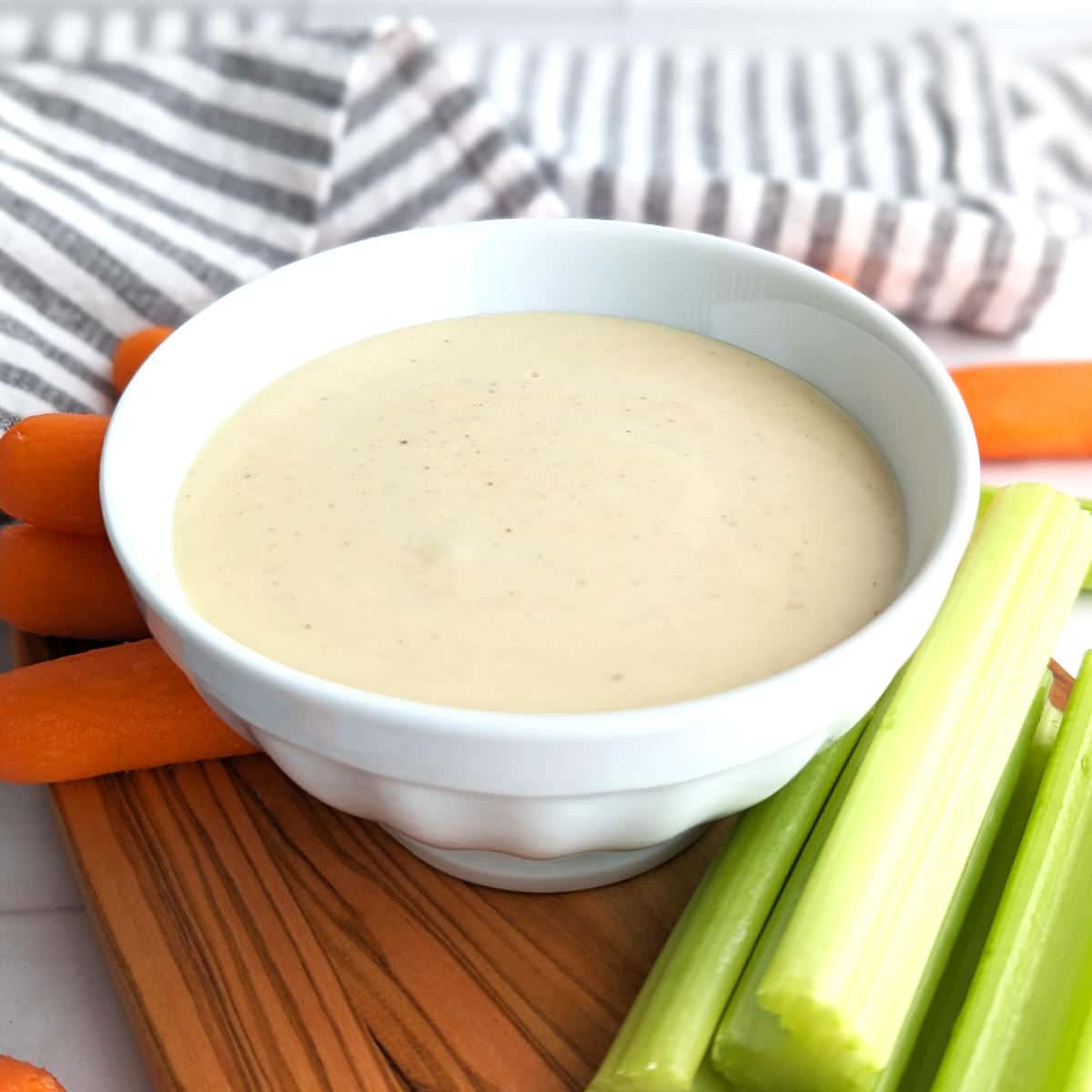
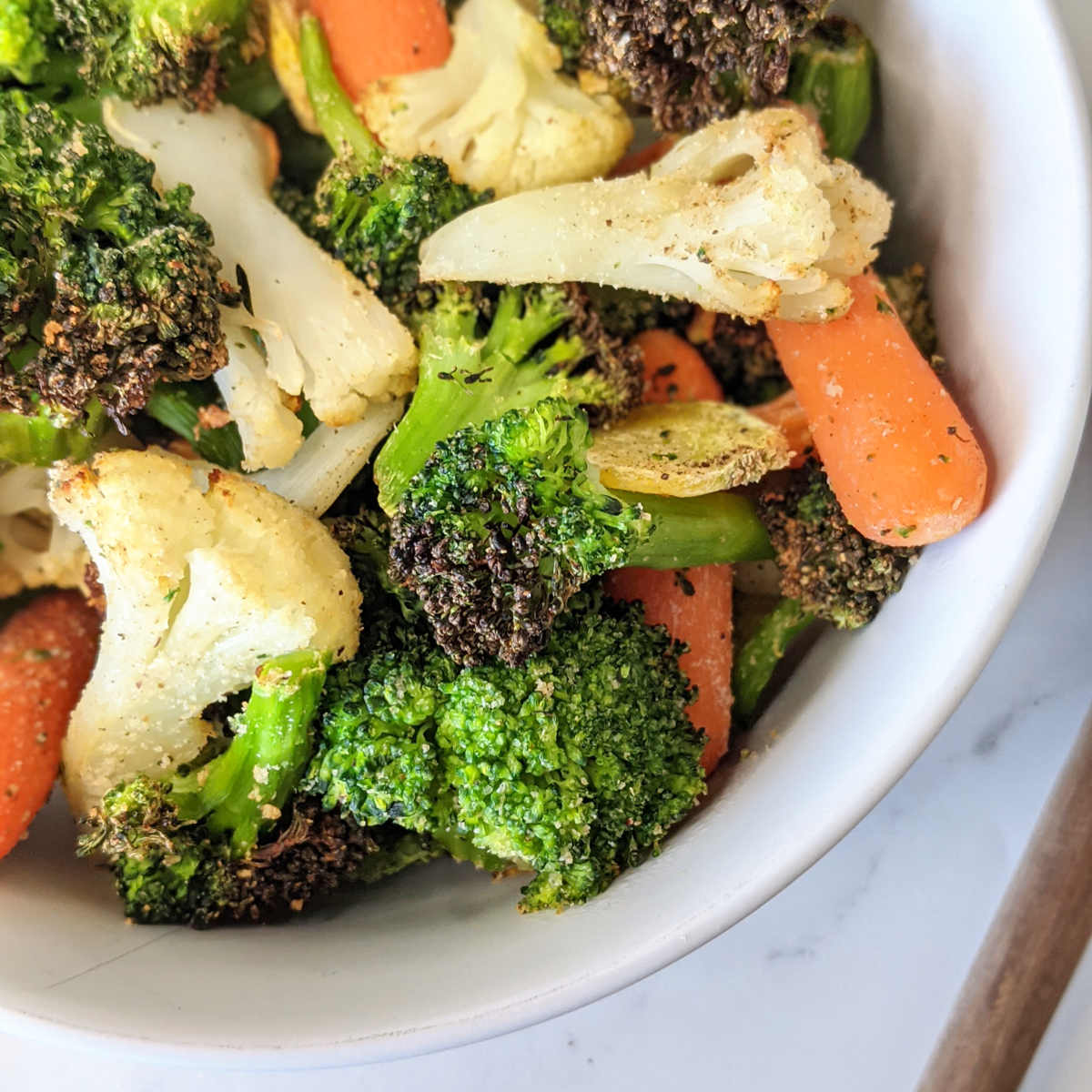
Love this easy homemade orange juice! I don’t know why I’ve held off so long making my own but this was much simpler than expected! Thank you!